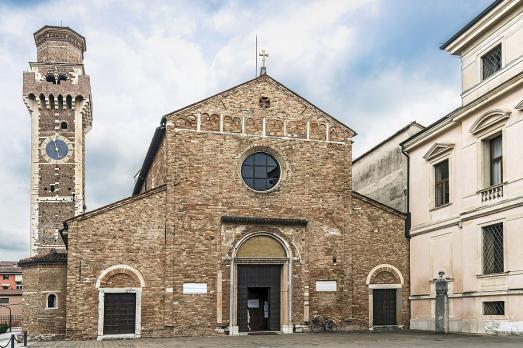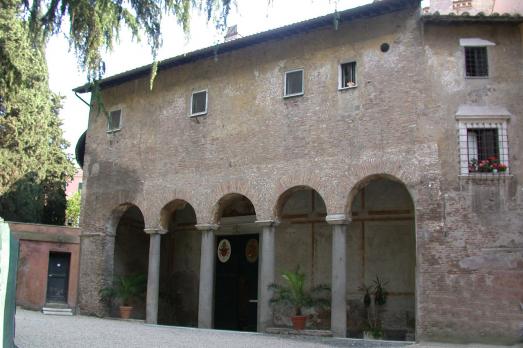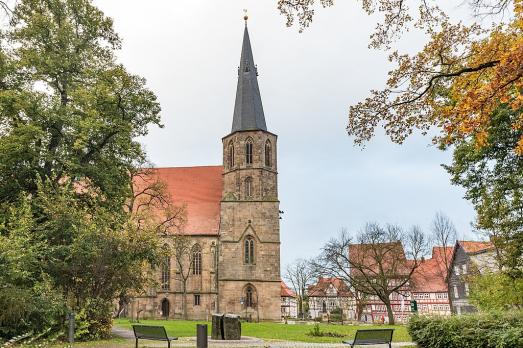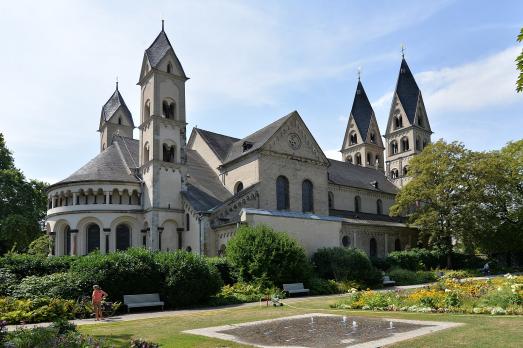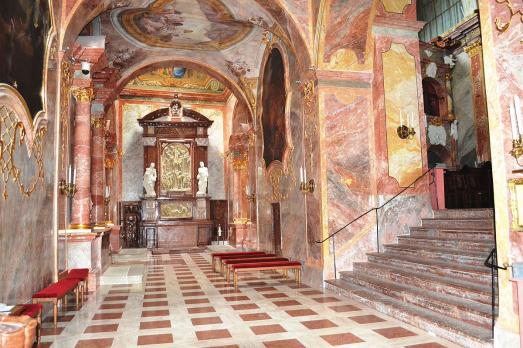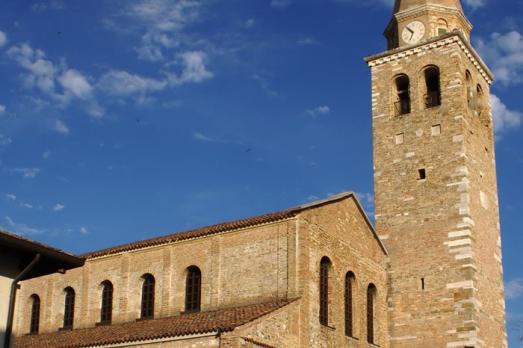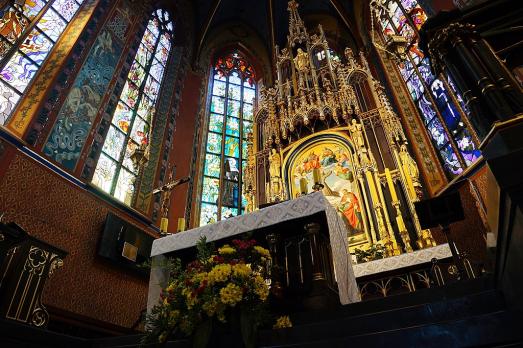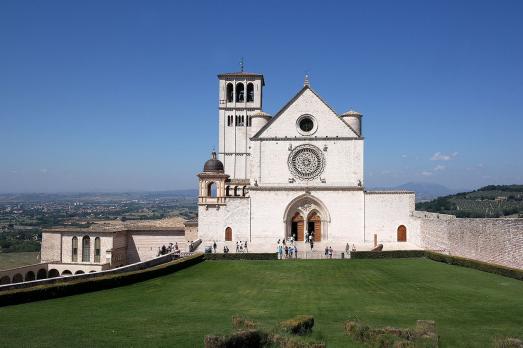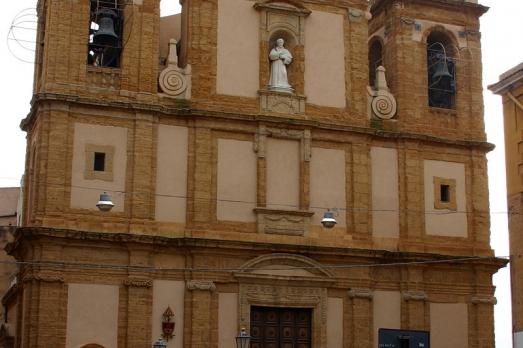
Basilica of Santa Pudenziana
Roma, IT
The basilica of Santa Pudenziana dates from the 5th century, but the present basilica is largely the result of a 16th century restoration. The bell tower was added in the 13th century and a room in the left aisle was closed for construction. The restoration work completed in 1588 changed the structure of the church by demolishing the portico, removing the medieval choir and building a few pillars to reinforce the columns. Today it is the national church of the Philippines and the seat of the homonymous cardinal title.
